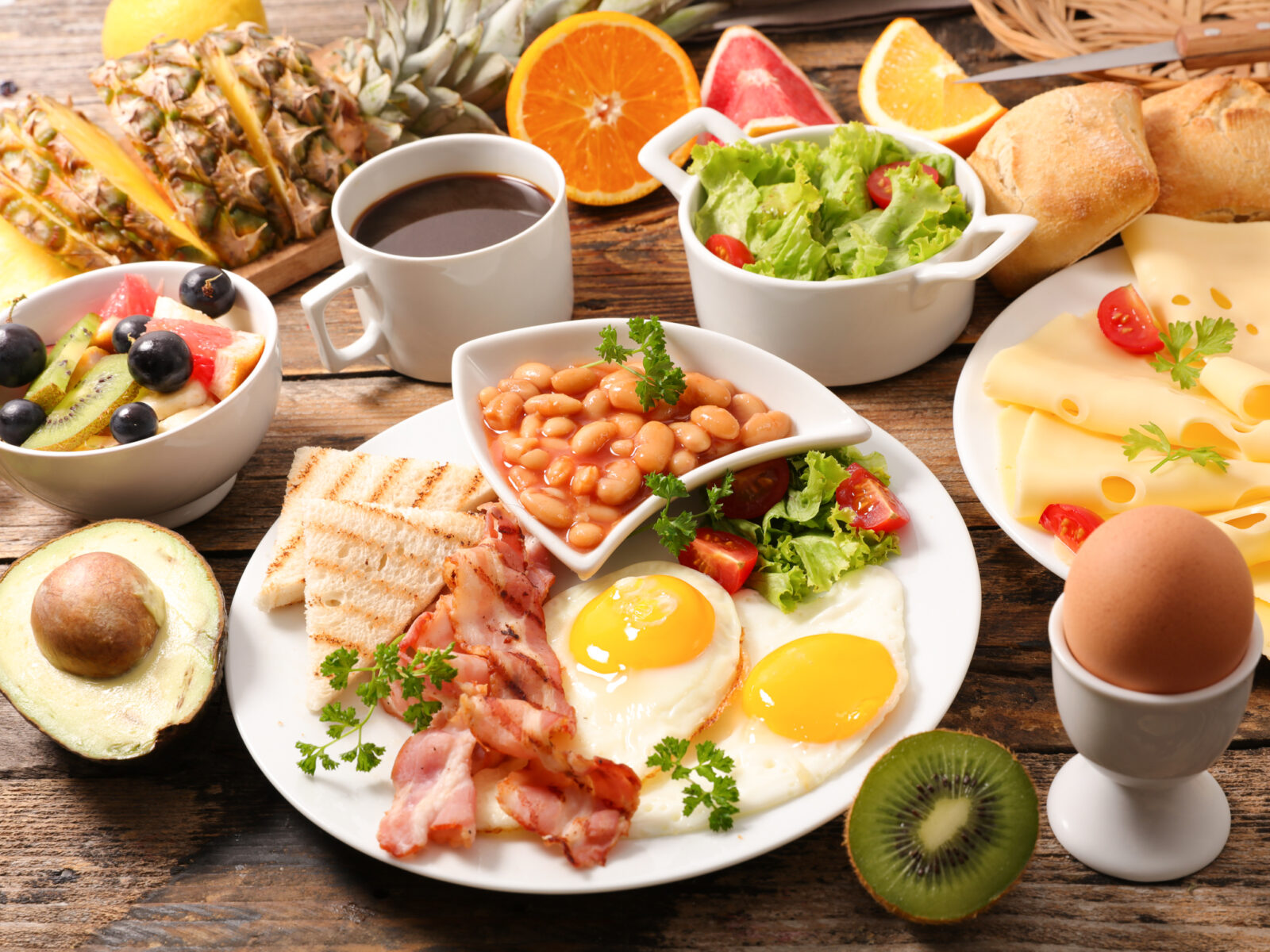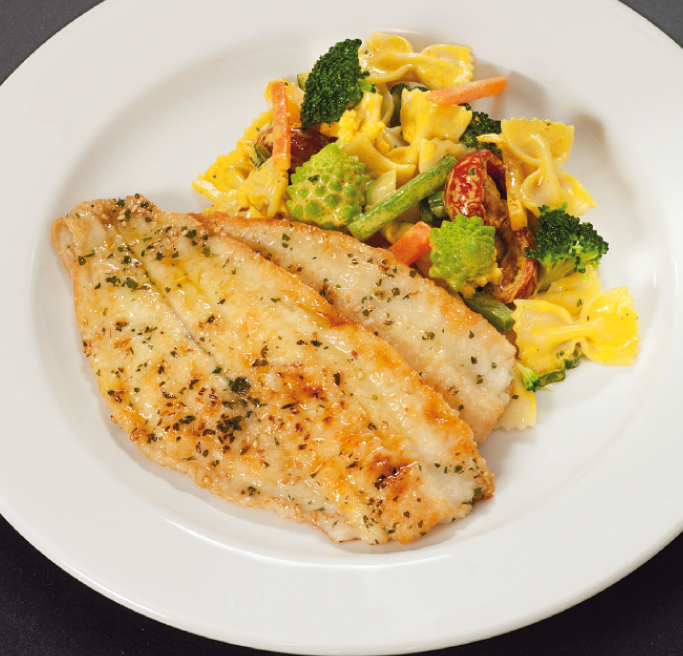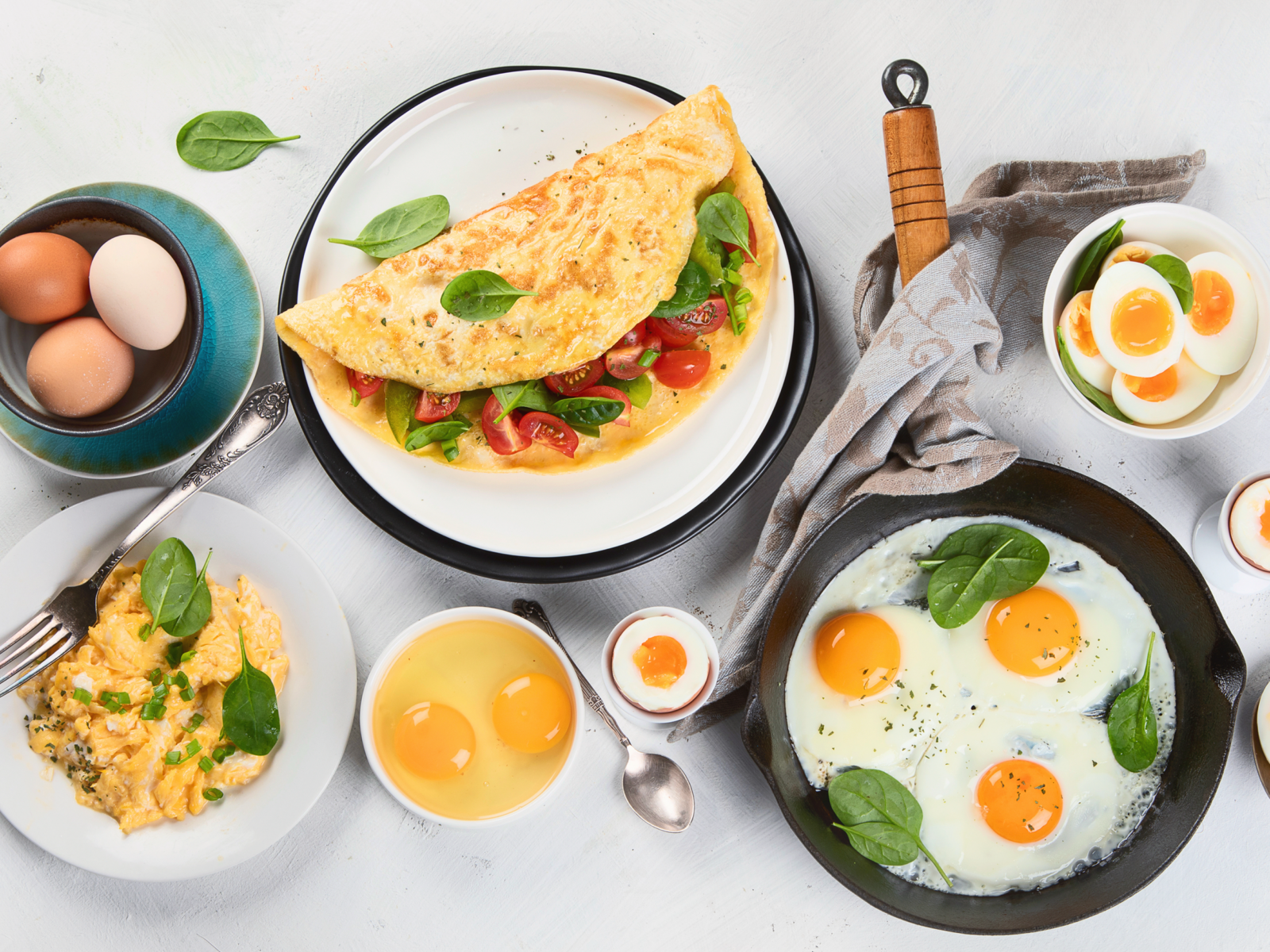
The first time the word “brunch” was used by Guy Beringer, an English journalist, was in 1895. He was promoting the idea of a meal that could be enjoyed by all “Saturday-night carousers” around noon. So he fused together two words: breakfast + lunch = brunch.
Soon, the concept of relaxed meals started growing in popularity and was embraced in the US and later across the globe.
The good way of life
Brunches are usually served on Sundays between 10 am and 4 pm. People can thus roll out of beds at pretty much any time and still not miss the goodness of breakfast, married to the lunch favourites.
There is something for everyone here: from eggs, pancakes and granola to dim sum and even mini-burgers.
The affair is as relaxed and easy as you like, and as boozy as you choose it to be. Whether you are a family with children or a party of friends after a night out, a brunch will undoubtedly brighten your day.
Being quite a modern invention, brunch is probably one of the most loved meal categories. Some restaurants will serve it all day, every day of the week.
Eggs – the star of Commonwealth brunches
In most Commonwealth countries, brunch will usually feature eggs cooked in all possible ways: scrambled, sunny side up, poached or as an omelette.
An absolute hit is a dish called “Eggs Benedict”. It’s a poached egg over a muffin bread with a rich serving of hollandaise sauce. Smoked salmon, wilted spinach or fried bacon will accompany this kind of egg dish.
Wash it down with a mug of caffe latte. Or sip on a sophisticated peach and champagne cocktail, “Bellini”. All goes together at brunch.
Brunching favourites in Spain, the Middle and the Far East
Another way of enjoying eggs at brunch is Spanish tortilla, a traditional egg and potato dish. Don’t miss a glass of Cava, a light and refreshing Spanish sparkling wine.
If visiting the Middle East, don’t miss shakshuka. Here, the eggs are cooked in a rich tomato and harissa sauce. Usually, it is served in a deep skillet with a loaf of warm, soft, white bread.
Possibly the tastiest way to enjoy an egg sunny side up is the Malaysian favourite Nasi Goreng. It’s stir fried rice with sweet soy sauce, chilli paste and additions of meat, garlic and onion.
Dumplings – another exotic way of brunching
The brunch experience would not be complete if you had never tried Chinese Dim Sum. “Dim Sum” means “to touch the heart” in Chinese. Give it a try and you will agree. These dumplings come with prawns, chicken and meat, both steamed and fried. And they arrive at your table in woven baskets towering on top of each other.
Indeed, you have to try Cheong Fun. This dish consists of rice noodle rolls, with your choice of meat or shrimp. Or try Cha Siu Bao, BBQ stuffed pork buns, and Har Gow, shrimp dumplings.
Whatever will be your pick of brunch favourites, remember to share it with your loved ones.
Dumplings are also usually enjoyed accompanied by black or green Chinese tea.
In the meantime, enjoy life to catch the spirit of the brunching affair properly.



